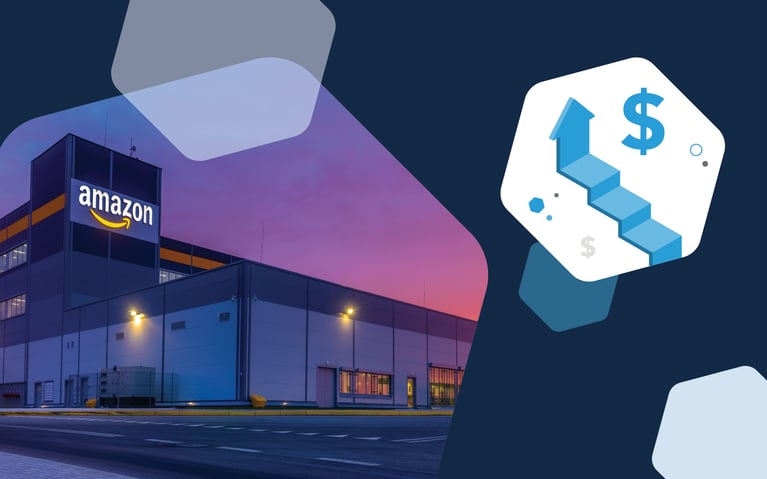As tariffs are quickly becoming the most discussed topic for business leaders, we’re partnering closely with our clients to help them stay resilient, thoughtful, and responsive. This article is not intended to solve the question of what impact tariffs will have. It is designed to help businesses go back to basics to adapt strategies to continue to thrive in marketplaces during times of uncertainty.
Stay Focused on Measurement
Amid changing market dynamics, it's more important than ever to maintain a clear focus on performance measurement. Continue tracking the key metrics that drive profitable operations—but now with added attention to how these metrics may need to evolve due to rising costs of goods (COGs), shifting consumer behavior, and increased competition. Frequent monitoring of sales trends, along with category-level insights, is essential. Key questions to consider include:
- Are CPCs rising due to brands aggressively pursuing market share, or falling as businesses pull back on advertising spend?
- Is there movement in category pricing that could signal broader market changes? Does this indicate where you might have a compeittive advantage vs. the competition and their response to tariffs?
- Are conversion rates dipping, suggesting consumer hesitancy despite purchase intent? Is this a sustained behavior?
- Do fluctuations in market share or search volume (brand and non-brand) indicate the need to re-evaluate your current strategy?
Are resellers becoming more aggressive in anticipation of brand-driven price increases?
Be Thoughtful, Not Reactive
While many brands are still determining how best to respond to the current tariff situation, reactions should be intentional—not impulsive. One of the most common knee-jerk responses we see is immediate price hikes, which often result in Buy Box suppression. Before adjusting pricing or media investment, ask yourself:
- Are you clear on your new unit economics? Have you calculated the actual impact on your landed cost to inform how much you would need to raise your price?
- Will a price increase remove your product from the shopper’s consideration set?
- Can pricing be adjusted in a way that minimizes disruption?
- How might pricing changes impact your promotional eligibility or effectiveness?
- Is there a clear business case driving any significant shift in media investment?
- Are your pricing decisions consistent across channels to avoid a disjointed customer experience?
Understand the Impact on Customer Behavior
Beyond topline sales, take a deeper dive into customer behavior—especially shifts in New-to-Brand (NTB) vs. Returning customer trends. These insights can help inform strategies that balance both short-term wins and long-term brand health. Consider:
- Are NTB or Returning customer rates increasing or declining?
- Is a change in Average Order Value (AOV) or Average Unit Value (AUV) pointing to “trading down” behavior?
- Is this behavior observed consistently across categories?
- Are promotions yielding different results than expected or vs. historical performance?
- Has your channel mix shifted between DTC and marketplaces, indicating changes in retail preference?
As tariffs and economic pressures weigh on consumers, expect more intentional purchasing behavior as many will need to trade off what they spend money on. A deeper understanding of your customer base will empower smarter decisions around pricing, media, and promotions. It can also cue content optimizations that enhance value proposition in a price sensitive environment.
Be Laser-Focused on Controllable Costs
This is a great time to revisit foundational cost controls. Review all variable costs—from aged inventory to media investments—to optimize where possible.
- Inventory – How much inventory do you have on hand in the US? Since this is not subject to tariffs and we don’t know how long they are going to last, can you slow down future ordering until there is more clarity? This is a very calculated risk to consider.
- Aged Inventory: Are you incurring unnecessary fees on aging SKUs? A strategic promotion or temporary media reallocation can help clear out slow-moving stock and free up cash for future sales.
- Replenishment Planning: Are you replenishing quantities with enough precision to avoid both overstock and low inventory penalties?
- Fee Accuracy: Are you being correctly charged for FBA and other marketplace fees? Auditing your backend setup could reveal costly miscalculations and reduce unnecessary fees.
- Media Spend: Do your current media metrics align with your profitability goals? You may need to recalibrate performance expectations to maintain ROAS/tROAS.
With growing pressure to manage fees and inventory efficiently, consider leveraging Fulfilled by Merchant (FBM) to support your marketplace strategy. This model can help expand your assortment while balancing costs on new or slower-moving SKUs.
Beyond marketplaces, when was the last time you evaluated a multi-channel fulfillment approach for your broader business? Whether you're considering in-house solutions, third-party logistics providers like Cart, or platform-based services such as Amazon or Walmart, the right mix can streamline operations and optimize fulfillment costs.
How can a strategic agency partner like Cart.com help you?
Now more than ever, a strong agency partner can provide critical perspective. By comparing your business trends with those across the industry and our portfolio, we can help you distinguish between isolated challenges and broader patterns while also comparing them to historical performance. Our team is here not just to execute, but to collaborate, problem-solve, and strategize with you. We’ve developed systems to monitor, measure, and consult across all the key areas outlined above—and we’re ready to act together as your partner.
Subscribe to our emails for the latest industry insights!
By entering your email, you agree to receive marketing emails from Cart.com





